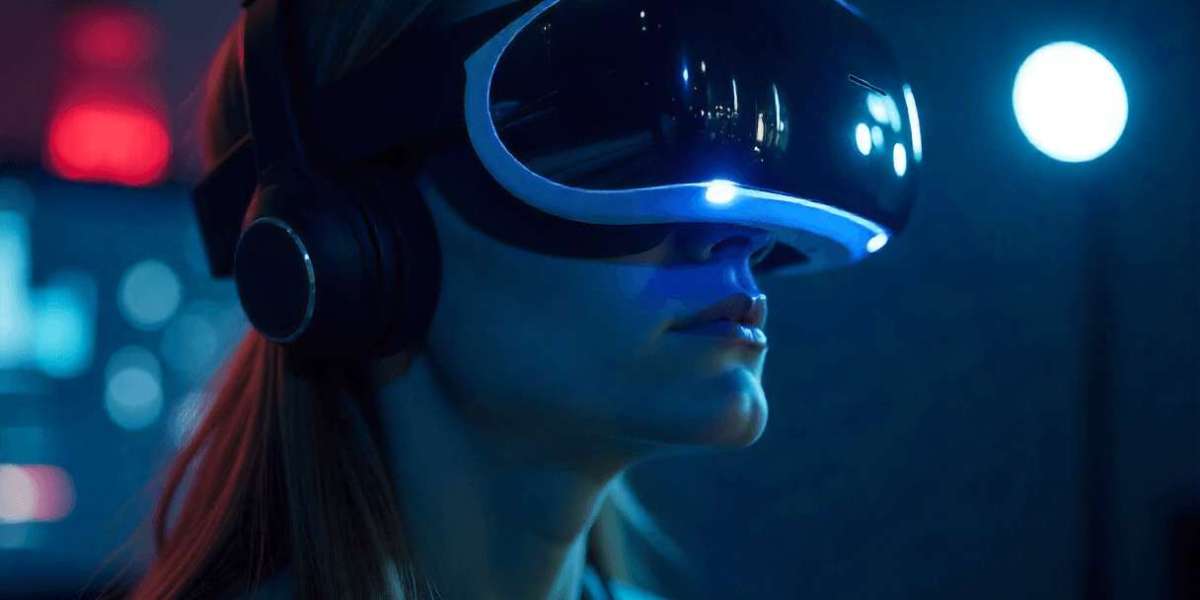Augmented and virtual reality devices rely on micro displays to produce lifelike visuals, but many users still face clarity and brightness issues. The micro OLED display is often seen as the solution to eye strain and pixelation. However, even with this advanced display type, some problems persist — especially in next-gen AR/VR headsets.
In this article, I will explore why certain visual limitations continue to exist, what affects real-world performance, and how micro OLEDs are evolving to solve these issues in professional optics and wearable tech.
1. The Core Strength of Micro OLED Display
A micro OLED display is known for its pixel density and ultra-high contrast ratio. Unlike conventional OLEDs built on glass substrates, micro OLEDs use silicon wafers, enabling far smaller pixel pitches. This leads to exceptional sharpness — ideal for head-mounted devices like AR glasses, EVFs (Electronic Viewfinders), and medical imaging tools.
Key strengths include:
High pixel density (up to 4000 PPI) for clear visuals.
Deep blacks and high contrast due to self-emissive pixels.
Compact form factor, reducing device thickness.
Low power consumption for longer battery life.
Despite these technical advantages, the end-user experience sometimes falls short.
2. Why Visual Clarity Problems Still Exist
Even though micro OLEDs are incredibly advanced, several optical and system-level factors limit what users actually see inside AR or VR headsets.
a) Optical Module Limitations
The micro OLED panel itself may deliver sharp images, but clarity heavily depends on the optical module (lens system) in front of it. Poor alignment, subpar coatings, or outdated designs can cause distortion, glare, or uneven focus across the field of view.
b) Light Efficiency and Brightness
Micro OLED displays typically have lower peak brightness compared to micro LED or LCOS alternatives. This becomes noticeable in outdoor AR applications, where ambient light can overpower the display output.
c) Thermal Management
The small size of silicon-based displays makes heat buildup a challenge. Without proper dissipation, thermal stress can degrade performance or cause color shifts over time.
d) Image Processing Lag
Visual latency often arises not from the display but from inefficient image rendering pipelines. Any delay between sensor input and frame output results in blurring or “swim” effects that reduce clarity.
3. The Role of Optical Coating & Calibration
High-quality AR/VR visuals depend on the synergy between the micro OLED panel and the optical coating design. Anti-reflective (AR) coatings, polarization layers, and waveguide alignment determine how efficiently light travels from the display to your eyes.
Professional-grade headsets now use multi-layer coatings and advanced alignment calibration to improve transmission efficiency. Yet, even small misalignments can lead to color fringing or ghosting.
For industrial applications — such as medical visualization or military optics — manufacturers now integrate automated calibration systems to ensure perfect alignment between the micro OLED display and optical components.
4. How Manufacturers Are Overcoming the Challenges
Leading optical brands are addressing these limitations through material and design innovation:
Hybrid Optics: Combining freeform lenses with holographic waveguides to enhance edge clarity.
Improved Panel Efficiency: Using higher nits brightness while maintaining OLED’s contrast advantage.
Thermal Control Systems: Embedding micro heat spreaders or graphene layers for better dissipation.
Color Management Algorithms: AI-based real-time correction for chromatic and geometric distortions.
Such advancements are steadily improving display uniformity, brightness, and longevity — making next-gen AR glasses and VR headsets more immersive than ever.
5. Comparing Micro OLED With Micro LED and LCOS
| Feature | Micro OLED Display | Micro LED | LCOS |
|---|---|---|---|
| Pixel Density | Very High (3000–4000 PPI) | Moderate | High |
| Contrast | Excellent | Good | Moderate |
| Power Efficiency | High | Moderate | High |
| Brightness | Moderate | Very High | Moderate |
| Cost | Medium–High | High | Low–Medium |
| Ideal Use | AR/VR, Cameras, Wearables | Outdoor AR | Projectors, HUDs |
As the table shows, micro OLED sits between micro LED and LCOS in brightness but surpasses both in contrast and compactness — making it the preferred choice for most modern AR/VR optics.
Conclusion
Micro OLED display technology continues to redefine optical performance in compact visual systems. But achieving perfect clarity requires more than a high-end panel — it demands precise optical design, heat management, and calibration.
Manufacturers are closing the gap between theoretical performance and real-world experience. With constant innovation in optics, coatings, and silicon integration, future devices will fully unlock the potential of micro OLED display technology for truly immersive AR/VR visuals.








